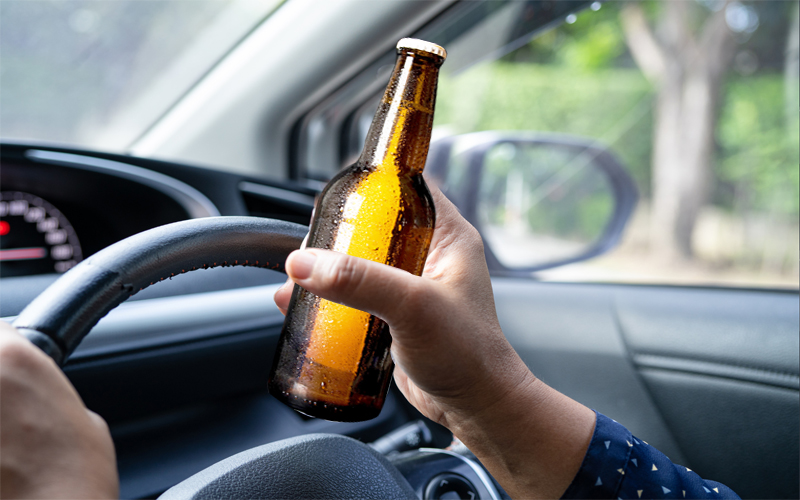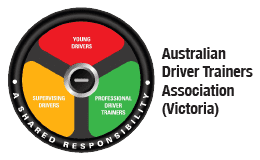Driving is a daunting skill, an art, and a necessity in today’s world. In contrast to the majority of other developed nations, driving in Australia is quite simple. The traffic limitations are the same in all states, with the exception of Melbourne. In this bustling city, you have to be mindful of the tram lanes and hook turns. If you want to grab this skill efficiently it’s best to learn all the codes from expert driving instructors in Fawkner. After all, becoming sound and confident is quite urgent before hitting the roads.
There is a law in Australia requiring all drivers to wear seatbelts at all times. All car passengers are required to buckle up. It is also forbidden to drive after drinking in Australia. If the level of alcohol in your blood exceeds 0.05 percent, you are not allowed to drive.
Australia’s Most Significant Traffic Laws & Guidelines
All drivers benefit from the laws and restrictions that are in place. Make effort to familiarize yourself with the rules and from our certified driving instructors at Punjab Driving School.
Driving Instructors: No Mobiles

Prohibit yourself from using a phone while driving a vehicle. It’s wise to keep your eyes off other things when driving. Accidents and injuries may result from drivers using smartwatches and cell phones while driving. Avoid doing these things when operating a vehicle!
Driving Instructors: Have a copy of driver’s license with you
Keeping your driver’s license with you at all times is mandatory. Since failing to do so is illegal. Every time an officer requests to see it, you have to provide it to them. You must carry your internal driving license if it does not have all of its information written in English.
Never get behind the wheel of a car being drunk

Serious consequences result from driving while inebriated. The penalties for exceeding the legal limit when driving while intoxicated are harsh. Nobody on the road, including you, is safe when driving like this. Therefore, it’s crucial to refrain from drinking and driving at all times. There is a legal limit of 0.05, and exceeding it is against the law.
Within a state, the speed limit varies from place to place, but it is generally quite low in residential areas, schools, and hospitals. Drivers must therefore keep up with any changes to the law. A driver who goes over the speed limit could face fines or penalty points. Serious penalties for exceeding the speed limit include license suspension or revocation, car immobilization, and other legal ramifications. Signage is used to display the speed limits as well as the conditions that apply.
Horn-Honk
Use your horns only when necessary. Sometimes, drivers misuse the horn. It is against the law to honk while a car is passing you in traffic. Additionally, it’s also illegal to honk at strangers you have just met or relatives you have just had dinner with. You can use your horn to draw attention to yourself and other road users.
Remain on the left of the driving lane
If you are acclimated to driving on the right side, then everything is inverted. Hence, stay in the left lane until you are overtaking. You’ll get used to it quickly, but expert instructors advise circling a parking lot first before heading out onto the major roadways.
Never park your car facing the path of approaching traffic
Parking in the path of incoming traffic is forbidden in Australia and is punishable by law. Instead, move to the left side of the road and pull over far enough to protect yourself from approaching vehicles. In most cases, parking on the left side of the road requires facing your car forward. One-way streets allow for parking on both sides, but you must always park with the flow of traffic in mind. In this case, you can park with the driver’s door closest to the curb.
Exercise caution when driving in Melbourne
Melbourne, the capital of Australia, is unique. The TRAM system in Melbourne is the most intricate in the world when it comes to linking numerous road connectors in the city. Driving in Melbourne is therefore governed by a few special laws. Thankfully, there are a number of top-notch driving schools in Melbourne that can provide you with comprehensive driving instruction. A range of topics are frequently covered in driving lessons.
Check Out: How Victoria Roads are Becoming Safer with the Efforts from Driving Schools
Tram Regulations

- Adelaide and Sydney have rail networks, though they are not as car-centric as Melbourne’s is.
- Remember, tramways are only for trams; we are not permitted to drive on them.
- For cars, an open tram door is a stop sign.
- The drivers are only allowed to drive in a tram lane for fifty meters when they want to turn right.
- Changing the route of an approaching tram is not permitted for drivers.
- On tramlines, whoever moves first will move forward, and others will either move beside them or behind them.
- When the tram door closes and pedestrians have completed crossing the road, cars should stop behind the tram.
- The maximum speed that you can go is 10 km/h.
- Unless a permit sign is visible, drivers are not permitted to park within 20 meters of a tram stop.
- Drivers are allowed to pass a stopped tram in specified “Safety Zones”. Driving to the left of a safety zone is the only acceptable approach. Alert yourself to any potential pedestrians crossing the road while you are driving. There’s a bright yellow ‘Safety Zone’ sign—a thick yellow line—on the road close to the tram stop. This zone also has a pedestrian space, which helps to provide a barrier between cars and walkers.
Hook Turn
Hook Turn in Melbourne is also known as “notorious”. A large portion of Australians are unaware of how this operates. Even the locals of Melbourne, start to feel scared and confused. This is why, it is suggested to know about every nook of hook turns from a renowned driving school in Fawkner. They impart a wealth of knowledge regarding the Hook Turn, which gives confidence.
Turn right as soon as you see a tram on the road you are turning from. One way to get around traffic lanes is to turn right. On the other hand, driving on the left is often recommended. Although pulling out in front of a tram is safer when using hook-turns, the driver still needs to be alert and self-assured. Hook turns are confusing to many since you have to go left first (into the hook turn lane).
Summing Up
In Australia, driving safely and responsibly requires knowledge of the laws and regulations governing the road. Drivers can help create safer roads for themselves and other users by being aware of and following these regulations. Our driving instructors, always keep you informed, and put safety first at all times.








